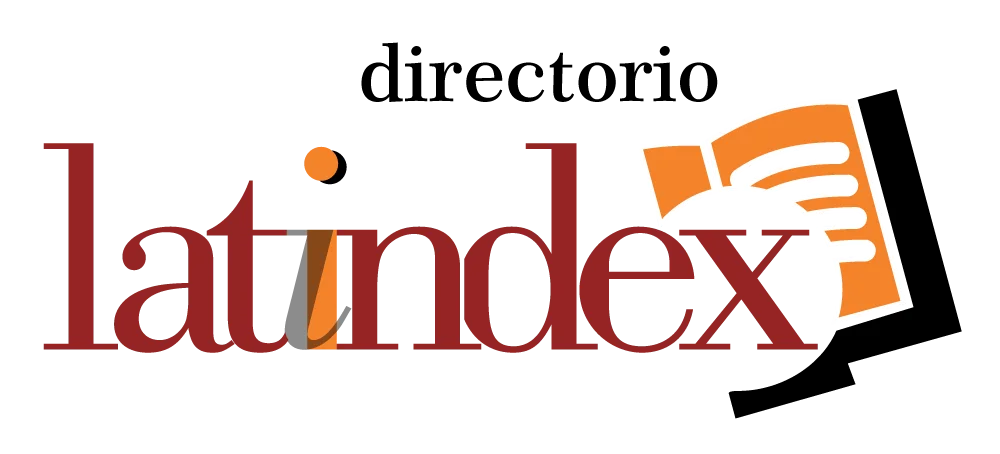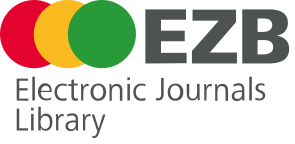Digital Education and Inclusion: Digital Tools used in Education and their application in students with Autism
DOI:
https://doi.org/10.56294/neuro202232Keywords:
ASD, ITCs, education, inclusion, digital toolsAbstract
People with autism spectrum disorder (ASD) have special educational needs. Currently, the evolution of information and communication technologies (ICTs) makes the appearance of more resources adapted to students with ASD in order to facilitate communication and construction of knowledge on which their education is based. This work was based on the investigation of the use of ICTs carried out by primary level teachers in the city of Córdoba and the inclusion and integration of children with ASD in the development of classroom activities, as well as knowing the benefits and difficulties that arise when implementing them. To carry out this proposal, teacher surveys were conducted inquiring about the importance of using digital devices in schools, since they favor pedagogical practice and the inclusive education process, guaranteeing higher quality learning that adapts to the technological advances of the world globalized. During the development of this research, it was observed that the students manifested positive attitudes showing interest, confidence, creativity and understanding regarding the classroom contents. Regarding teachers, they expressed the need to acquire training and continuous updates, providing their students with a comprehensive education that favors the educational process. Finally, it was determined that it is essential to have adequate technological resources and to have optimal connectivity to carry out continuous and comprehensive learning.
References
Biblioteca Central de la Universidad Nacional del Sur. Ensayo Final Comedia [Internet]. Bahía Blanca: UNS; [citado 2025 ago 26]. Disponible en: http://bc.uns.edu.ar/wikis/victor/images/e/ef/Ensayo_Final_Comedia.pdf
Organización de Estados Iberoamericanos. Educación inclusiva. Avances y desafíos de la educación inclusiva en Iberoamérica. Madrid: OEI; 2014. p. 83.
Pegalajar Palomino MC. El futuro docente ante el uso de las TIC para la educación inclusiva [Internet]. Revista de Educación Inclusiva. 2017;10(1):152–70 [citado 2025 ago 26]. Disponible en: https://dialnet.unirioja.es/servlet/articulo?codigo=6052462
Encuesta realizada [Internet]. 2023 [citado 2025 ago 26]. Disponible en: https://forms.gle/YzvqwZDZxNUxP7L59
Falco M. Reconsiderando las prácticas educativas; TICs en el proceso de enseñanza-aprendizaje. Tendencias pedagógicas. 2017;30:45–58.
Tenti Fanfani E. Mitomanías de la Educación Argentina. Buenos Aires: Siglo XXI Editores; 2015. p. 201.
Pérez Vargas AS, Gil Zuleta LF, Álvarez Gómez CY. Las TIC: una herramienta pedagógica para integrar la animación a la lectura en el grado primero A de la institución educativa Cámara Junior sede ciudad Milagro, del barrio la Clarita, en el municipio de Armenia, Quindío. 2015.
Revista Educare [Internet]. 2008;XII(Extraordinario):155–62. ISSN: 1409-4258 [citado 2025 ago 26]. Disponible en: https://www.redalyc.org/pdf/1941/194114584020.pdf
Romero M, Harari I. Uso de nuevas tecnologías TICs – realidad aumentada para tratamiento de niños TEA: un diagnóstico inicial. Revista Ciencia América. 2017 dic;6(3):131–7. ISSN 1390-9592.
Tortosa F. Intervención educativa en el alumnado con trastornos del espectro autista. Murcia: Consejería de Educación, Dirección General de Promoción Educativa e Innovación; 2004.
Published
Issue
Section
License
Copyright (c) 2022 Juan Ignacio Quevedo (Author)

This work is licensed under a Creative Commons Attribution 4.0 International License.
The article is distributed under the Creative Commons Attribution 4.0 License. Unless otherwise stated, associated published material is distributed under the same licence.






